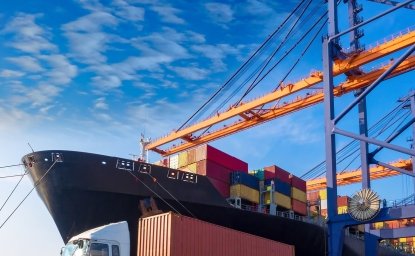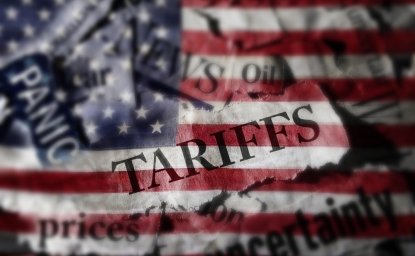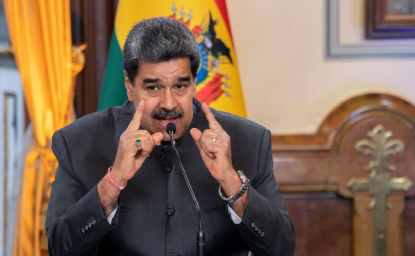The pandemic and its ripple effects generated disruptions across both China-centric and transatlantic supply chains. Even before the pandemic hit, countries and companies were reconsidering the pros and cons of allowing China to become “the factory of the world.” The new landscape is likely to be very different than before the pandemic, as the hyper-globalization model of just-in-time supply chains built around hyper-efficient cross-border trade in tasks is reshuffled into a different type of globalization that is built around less complex and opaque, and more resilient and robust supply chains framed by China/Southeast Asia on the one hand, and the United States and Europe on the other.
Authors



Global Europe Program
The Global Europe Program is focused on Europe’s capabilities, and how it engages on critical global issues. We investigate European approaches to critical global issues. We examine Europe’s relations with Russia and Eurasia, China and the Indo-Pacific, the Middle East and Africa. Our initiatives include “Ukraine in Europe”—an examination of what it will take to make Ukraine’s European future a reality. But we also examine the role of NATO, the European Union and the OSCE, Europe’s energy security, transatlantic trade disputes, and challenges to democracy. The Global Europe Program’s staff, scholars-in-residence, and Global Fellows participate in seminars, policy study groups, and international conferences to provide analytical recommendations to policy makers and the media. Read more

Explore More
Browse Insights & Analysis
360° View of How Southeast Asia Can Attract More FDI in Chips and AI



